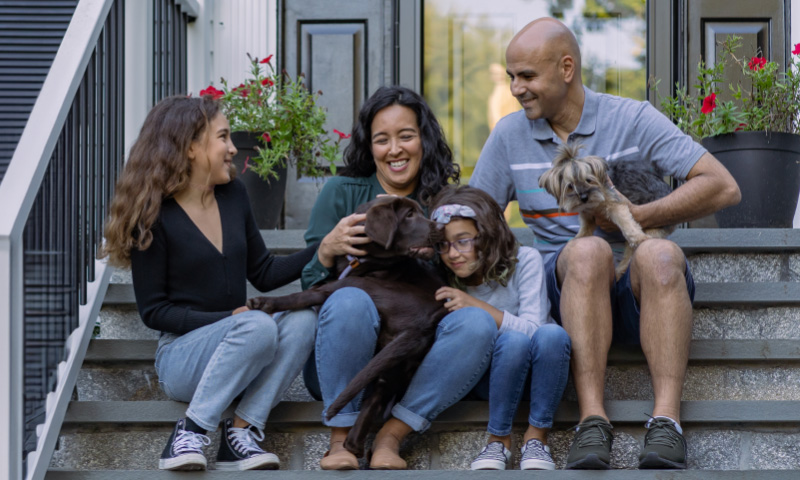Glossary
Affordable housing
Subsidized housing where rents are set at a below-market rate based on the tenant’s income. There are many different types of affordable housing – units are typically designated based on a tenant’s income level (i.e. low-income vs extremely low-income) and certain types of affordable housing may also be reserved for a specific demographic (i.e. seniors or veterans). Deeply affordable housing refers to developments or units where rents are kept particularly low and are intended to serve the lowest-income residents in the community.
Chronic homelessness
According to the U.S. Department of Housing and Urban Development (HUD), a chronically homeless individual is a homeless individual with a disability who lives either in a place not meant for human habitation, a safe haven or emergency shelter, or in an institutional care facility. The individual must have been living in any of the above described places either continuously for at least 12 months or on at least 4 separate occasions in the last 3 years.
Collective impact
A concept first introduced in the Stanford Social Innovation Review in 2011, collective impact is a framework for deep and sustained collaboration between actors from different sectors to solve a specific social problem.
Continuum of Care (CoC)
A Continuum of Care (CoC) is a group of stakeholders within a community that is responsible for ensuring community-wide implementation of efforts to end homelessness, as well as ensuring programmatic and systemic effectiveness. CoCs are eligible to apply for, receive and allocate certain sources of federal homelessness funding from the U.S. Department of Housing & Urban Development. The Santa Clara County Continuum of Care includes a broad array of stakeholders dedicated to ending and preventing homelessness, and the County of Santa Clara’s Office of Supportive Housing serves as the collaborative applicant on behalf of the CoC.
Extremely low income (ELI)
Extremely low-income households are the lowest-earning households in the community and defined as those that make less than 30% of the area’s median income. In Santa Clara County, a one-person household making less than $37,450 or a four-person household making less than $53,500 would fall in the ELI category. Extremely low income (ELI) housing refers to affordable housing units specifically reserved for households whose income fall in this range.
Housing First
According to the National Alliance to End Homelessness, the Housing First approach is a proven strategy for ending homelessness that prioritizes providing permanent housing to people experiencing homelessness, thus ending their homelessness and serving as a platform from which they can pursue personal goals and improve their quality of life. This approach is guided by the belief that people need basic necessities like food and a place to live before attending to anything less critical, such as getting a job, budgeting properly, or attending to substance use issues.
Supportive Housing
A type of housing unit or program that combines affordable housing with support services (for example, mental health, employment, or peer support services) that has proven successful in helping homeless individuals become and stay housed. Supportive housing programs can come in many forms, including long-term programs (i.e. Permanent Supportive Housing) and shorter-term support (i.e. Rapid Rehousing).
